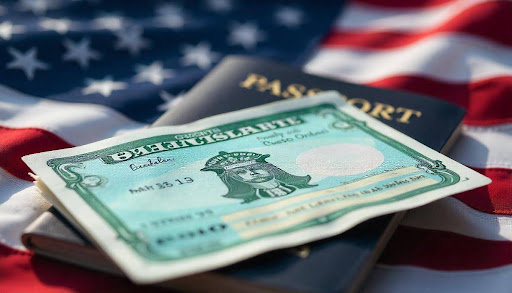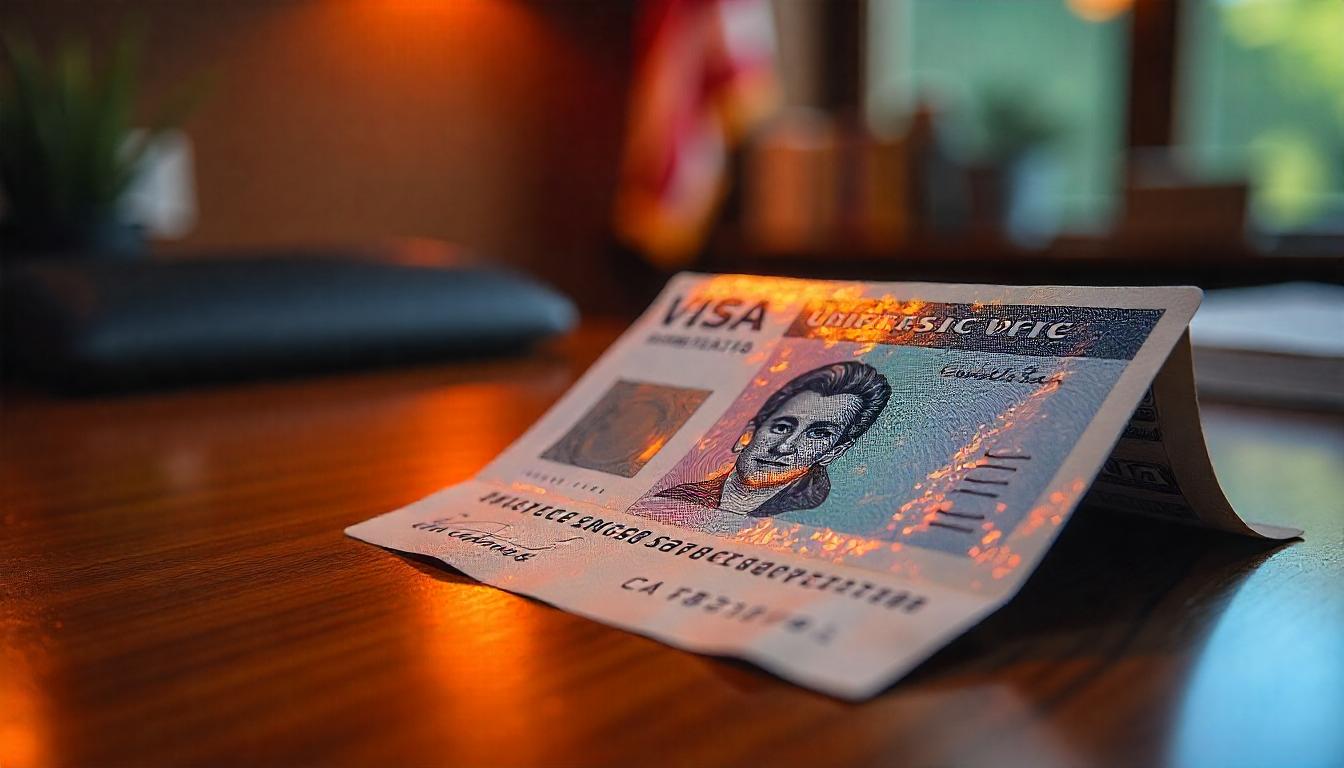Understand the complete EB1 green card timeline in 2025, including EB1C delays for India, USCIS processing times, and I‑140 premium processing. Learn how long an EB1 green card takes and ways to reduce your wait.

When you apply for an EB1 green card, one of the first questions that comes to mind is how long it takes. The answer depends on your EB1 subcategory—whether you are applying under EB1A, EB1B, or EB1C—your country of birth, and whether you’re filing through Adjustment of Status (AOS) within the United States or via Consular Processing abroad. In general, the EB1 green card timeline can be as quick as six months for applicants from countries without a backlog, or it can stretch beyond three years, especially for Indian nationals under EB1C.
The process typically involves filing and approval of Form I‑140, waiting for the priority date to become current if applicable, filing for I‑485 Adjustment of Status or Consular Processing, and finally green card issuance. Each stage has its own waiting period and can affect the total processing time significantly.
The first major step in the EB1 green card process is the I‑140 petition, formally known as the Immigrant Petition for Alien Worker. This petition can be employer‑sponsored in the case of EB1B or EB1C, or it can be self‑petitioned under EB1A. Regular processing of the I‑140 typically takes between six to twelve months. However, premium processing can reduce this stage to just 15 calendar days for most EB1A, EB1B, and EB1C petitions. While premium processing speeds up this initial step, it doesn’t affect the rest of the process. You can review USCIS premium processing details to check eligibility.
Once the I‑140 is approved, the next stage is waiting for your priority date to become current as per the USCIS Visa Bulletin. Applicants from countries without backlogs can move forward immediately, but Indian applicants, especially under EB1C, often experience delays due to visa retrogression.
When the priority date becomes current, you can proceed with the final stage—either Adjustment of Status (I‑485) within the U.S., which usually takes 8 to 14 months, or Consular Processing abroad, which typically takes 6 to 12 months. You can check USCIS Processing Times for your specific service center to get more accurate timelines. Once all steps are complete, green card approval is usually quick if your petition and documents are complete. A well‑prepared petition is essential to avoid Requests for Evidence (RFEs), which can delay the process unnecessarily. If you want your documentation reviewed for accuracy, Beyond Border can help.
For Indian applicants applying under EB1C, longer waiting periods are common. The EB1C green card processing time for India has increased significantly due to high demand from multinational executives and managers, annual per‑country visa caps, and recurring visa bulletin retrogression. In 2025, the EB1C green card timeline for India may extend from two to four years depending on your filing date, category, and the pace of visa bulletin movement.
It is critical for Indian applicants to regularly monitor the USCIS Visa Bulletin for priority date changes and retrogression updates. If you’re unsure how to plan your move around these delays, Beyond Border can help strategize the most efficient approach to minimize your wait.
If you’re currently on an H1B visa in the U.S. and considering an EB1 green card, you’re in good company. Many highly skilled professionals in leadership roles, research, or managerial positions explore EB1A or EB1C as a pathway to permanent residency.
For H1B holders, the I-140 approval for the EB1A route can often take 12 to 18 months, especially if you opt for premium processing. However, transitioning from H1B to EB1C tends to be slower for Indian nationals, usually taking two to four years due to visa bulletin retrogression. While the timeline can feel unpredictable, clear documentation, a strong case, and solid employer support can make a big difference in avoiding unnecessary delays. To determine whether you qualify for a faster EB1 route, you can consult Beyond Border for an eligibility review.

Several updates in 2025 are expected to impact EB1 green card processing times. Premium processing is now expanded to include more EB1C petitions, which can help applicants at the initial I‑140 stage. The digitization of documents is enabling faster internal reviews at USCIS service centers, and the overall quality of petitions has improved, resulting in fewer RFEs and faster decisions. However, residual delays still remain in Consular Processing at the National Visa Center.
Although online forums like EB1 green card timeline Reddit can offer anecdotal experiences, timelines vary widely depending on the applicant’s profile, petition strength, and nationality. A tailored, case‑specific strategy remains the most reliable way to manage your green card process. If you need clarity on how these updates affect your case, Beyond Border can provide detailed, personalized guidance.
While you cannot completely bypass the mandatory stages, you can minimize your waiting time with strategic planning. Filing I‑140 with premium processing when eligible is one option.. Most importantly, preparing a complete and well‑organized petition can significantly reduce delays by avoiding RFEs. Keeping employment letters, tax records, and supporting documentation ready further ensures there are no last‑minute issues.
It’s not about rushing the process; it’s about eliminating avoidable delays. A carefully prepared and well‑documented petition can make a noticeable difference in the overall timeline.
Frequently Asked Questions
How long does the EB1 green card take in 2025? The process can take anywhere from six months to over three years, depending on your EB1 category and country of birth.
What is the processing time for EB1C green card for India? For many Indian applicants under EB1C, wait times range from 24 to 48 months in 2025.
Can I use premium processing for EB1? Yes, EB1A, EB1B, and most EB1C petitions now qualify for premium processing, but it only speeds up the I‑140 stage, not the entire process.
Does the EB1 green card timeline include I‑485 processing? Yes. The total wait time includes I‑140 approval, visa bulletin wait if any, and I‑485 or Consular Processing.
How can professional guidance help? It ensures you select the right category, file complete documentation, and avoid RFEs or mistakes that could delay approval.

The EB1 green card remains one of the fastest routes to U.S. permanent residency, but timelines can vary significantly based on your subcategory, nationality, and petition strength. For H1B holders with extraordinary ability, EB1A or EB1B can often be completed in under 18 months. For L1 executives under EB1C, the process is typically longer, especially for Indian nationals due to backlogs.
Careful planning, accurate documentation, and staying updated on visa bulletin movements can make a huge difference in how long your case takes. If you want a tailored strategy to reduce wait times and avoid delays, Beyond Border can help you prepare a strong case from the very start.